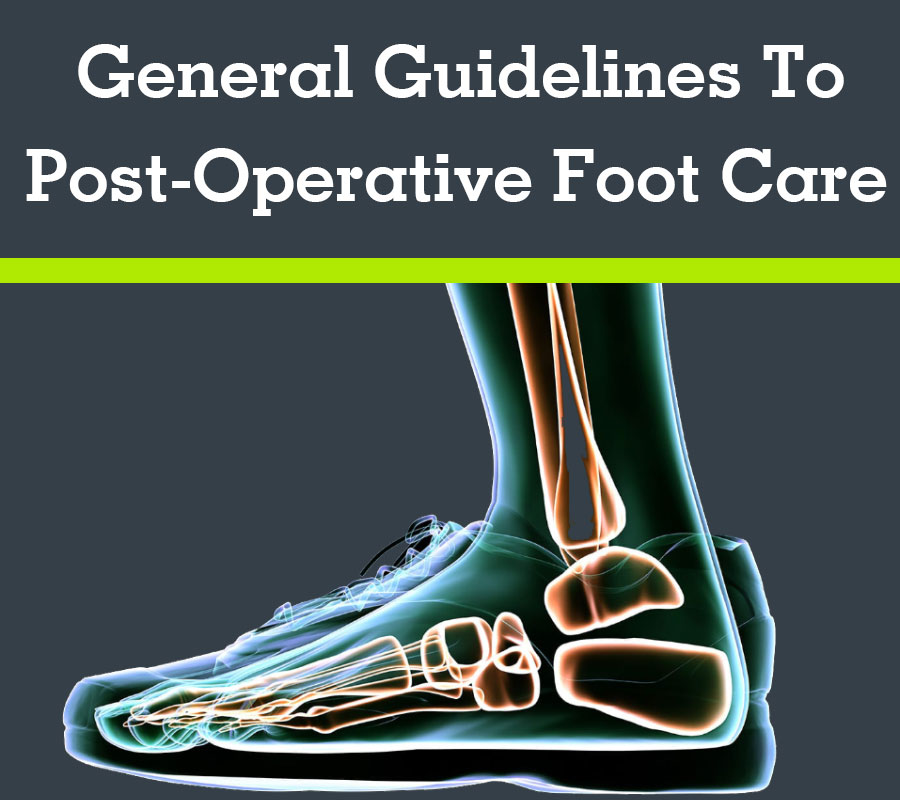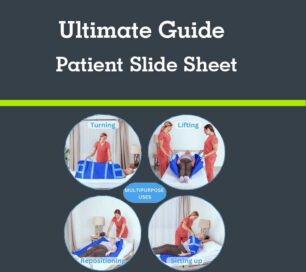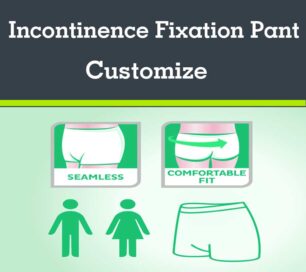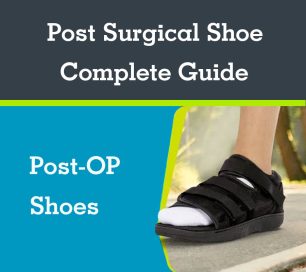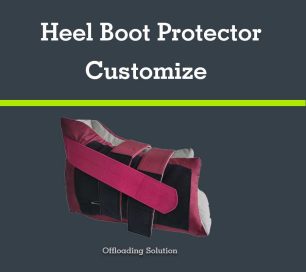Last Updated on 4 years ago by admin
Surgical procedure possible complications before surgery
Your doctor has already explained the surgical procedure and possible complications associated with your procedure. The most common things you can expect after surgery are:
- SWELLING: This is to be expected. It is difficult to specify what constitute a normal and an abnormal amount of swelling. You can minimize this by staying off your feet and keeping the foot elevated. Increased activity level may cause increased swelling. Minimize the time you stand or maintain the foot in a dependant position.check “Heel Offloading boots solution for diabetic foot conditions” for more detail.
- PAIN: Everyone experiences some amount of pain after surgery, unfortunately, some worse than others. You will be given a prescription for pain medication before you leave the facility. Please notify facility immediately if you are aware of any allergic reactions to any medications. If you have had a local injection, start taking the pain medication before the numbness begins to wear off completely.
- BLEEDING: This always occurs. You may notice some oozing through the bandages. This is nothing to be concerned about. If the bleeding appears active and the bandage becomes saturated, call the facility office immediately.
- Side effects:If anesthesia was used during surgery, you may have some side effects such as nausea, stomach upset, or malaise.
Recovery After Foot and Ankle Surgery
- You will need to have a designated driver to take you home.Do not walk on foot
- Follow the written and verbal postoperative instructions that have been given to you.
- Plan on doing nothing more than resting and elevating your limb for the first two weeks after your surgery.
- Keep your cast or bandage dry and do not change it.
- Resume your normal medications, unless directed otherwise.
- Take your pain medications as directed.
- Do not smoke.
- You can eat and drink a normal diet but pain medication can cause constipation so a diet that is high in fibre may be helpful. Plenty of protein, fruit and vegetables will provide the nutrients that are best for healing.
- Call your doctor or the emergency department if you experience any “warning signs”.
Warning Signs:
- Contact a doctor if you experience any of the warning signs below. If it is after hours contact your local emergency department.
- Severe foot pain that is not relieved with elevation, ice, and medication.
- Fever over 38.5 degrees C, or lymph node tenderness in the groin.
- Severe calf pain, shortness of breath, or chest pain.
- Adverse reactions to prescribed medications.
Usual recovery time
The recovery time following a foot or ankle operation varies widely, depending on factors including how complex the surgery was, your age and general health, and your compliance with instructions (such as weight bearing status, rest, elevation). For most foot and ankle operations, tenderness and swelling can take 3-4 months to resolve, while for more complicated procedures, the recovery may take a full year (or more).
Your first return visit
On your first return visit, your cast or bandage will be removed for the first time. You should be aware that the foot and ankle will look nothing like it will when it is finally healed months down the line. In fact, for some patients, the sight can be somewhat alarming, given that the bandages may have dried blood on them, your foot and ankle may be somewhat swollen and bruised, and you may see stitches at the incision site(s) although often dissolving sutures are used which are invisible.
If you have a cast on your leg, the cast will be removed by orthopedic casting nurse on your first return visit. If you just have a bandage, but no cast, the bandage will be removed. once these tasks are completed. the doctor will assess your progress and review the recovery plan that you to follow until our next visit together.
Resuming footwear
The problems of bone healing and swelling prevent early return to normal footwear following most foot and ankle surgeries. There are a few operations where a patient can be expected to resume wearing standard footwear in as little as 2-3 weeks but the majority of foot and ankle operations take at least 8 weeks before standard footwear can be attempted. If the surgery requires a cast, then there is typically a 2-4 week period of weaning back to shoes after the cast is finally removed (a removable walking boot may be used during this weaning period).
Therefore, if the surgery requires a cast or boot for 3 months, then you can expect to be in standard shoes no sooner than 14-16 weeks. I will discuss my expectations for your return to standard footwear with you both preoperatively and postoperatively.more foot care shoes for recovery check “cast shoes” or “post-op shoes“
Return to work
Since virtually all foot and ankle operations require rest and elevation of the operated foot for at least 2 weeks following surgery, it is rare that a patient will be allowed to return to work before 2 weeks following surgery. If you work in a sedentary occupation and can arrange your work environment so that you can continue to keep your foot elevated, it might be possible to return to work under these circumstances at approximately two weeks following some foot and ankle procedures. If you work at a job that requires you to be on your feet for a substantial portion of the workday, it is rare that you would be allowed to return to work in less than 8 weeks following your surgery. In more complex surgeries, patients may be required to remain off work for as much as 3-6 months. I will discuss my expectations for your return to work with you both preoperatively and postoperatively.
Resuming activities
Activities are usually progressed gradually in the following sequence:
- Very restricted activities of daily living (ADL) with mandatory rest and elevation.
- Restricted ADL with rest and elevation.
- Full ADL with restricted footwear.
- ADL with standard footwear.
- Non-impact exercise activities with standard footwear.
- Full weight bearing exercise activities finally.
The time it usually takes to progress through these levels is typically months, and is dependent upon how complex the surgery was, your age and general health, and your compliance with instructions (such as weight bearing status, rest, elevation). Therefore, it may take 2-6 months before full weight bearing exercise activities are started. Before full weight bearing activities are allowed, non-impact exercise activities may be allowed, including activities such as core strength work, upper body weight lifting, swimming, stationary cycling, and elliptical trainer. the doctor will discuss expectations for your return to activities with you both preoperatively and postoperatively.
Rehabilitation
Most foot and ankle operations require some form of rehabilitation. In most cases, the doctor will give you instructions on the type, frequency, and duration of rehabilitation activities. These activities may include range of motion exercises and strength work that you perform on your own. In some cases, working formally with a physiotherapist may be required, for which the doctor can make a referral. Rehabilitation activities may be started in some cases immediately after surgery, while in other cases, will be delayed until a cast or boot is removed. In most cases, rehabilitation activities may last for 2-12 months.

